32 Things Our Parents Did In The ’60s That Wouldn’t Fly Today
If you grew up in the ’60s, you probably have at least one memory that makes your jaw drop now.
No seatbelts. No helmets. No supervision. And definitely no concern about screen time—because the only screen in the house was a wood-paneled TV the size of a small car.
Our parents weren’t trying to be reckless. They just… didn’t know. And looking back? It’s kind of a miracle we made it out in one piece.
Here are 32 parenting moves from the ’60s that would never fly today.
1. Riding in the Front Seat Without a Seatbelt

In the ’60s, seatbelts were more of a nuisance than a necessity. Parents often let their kids ride shotgun, unrestrained, with nothing but a metal dashboard in front of them. It’s amazing how many of us survived those days unscathed, with only some wild stories to tell. The thrill of feeling like you were in the best seat of the house was unmatched.
Imagine a summer drive with the windows down, wind blowing through your hair, while you perched proudly in the front. This wasn’t just a ride; it was an adventure. The freedom felt endless, even if it was a bit dangerous.
Today, the idea of letting a child ride without a seatbelt seems reckless. Laws have caught up with common sense, recognizing that safety should always come first. Back then, it was just how things were, and the thought of needing protection was almost unheard of. We’ve come a long way since those freewheeling days, embracing the need for safety in every ride.
2. Smoking with Windows Rolled Up

Picture this: a long road trip with your family, packed into a sedan, the smell of cigarette smoke thick in the air. In the ’60s, it wasn’t uncommon for parents to light up with the windows closed, oblivious to the health risks we are so aware of today. Back then, smoking was as casual as sipping coffee.
The backseat passengers, usually kids, would be engulfed in a cloud, their little lungs taking in secondhand smoke with each breath. It was a different time, where the focus was on the journey rather than the potential hazards.
These moments are almost unthinkable now, with our society’s heightened awareness of smoking’s dangers. You’d be hard-pressed to find a parent who’d dream of smoking in a car with kids today. Yet, those experiences are part of the patchwork quilt of ’60s childhood memories, painted with smoke and nostalgia.
3. Left Alone at Home Before Reading Age
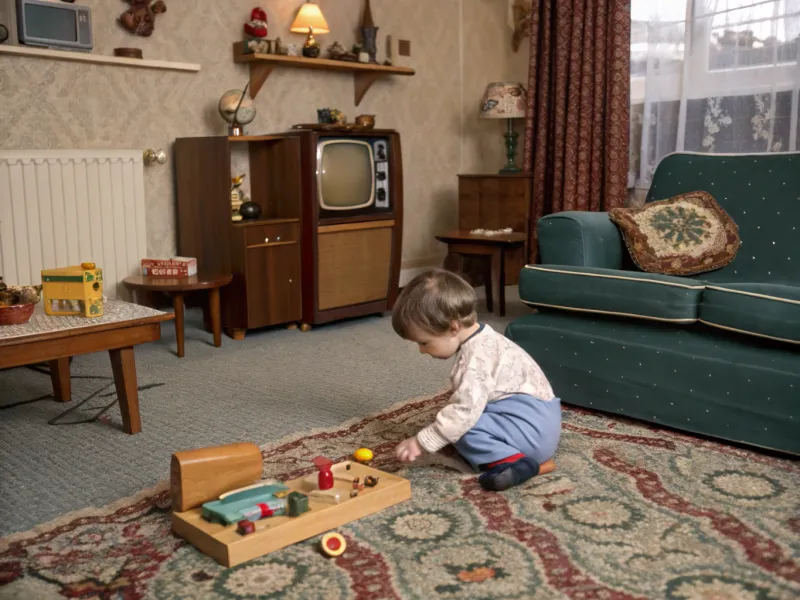
In the days when latchkey kids were the norm, being left home alone wasn’t reserved for mature teenagers; it was almost a rite of passage for preschoolers! The ’60s was a time when parents believed in independence and sometimes left their little ones at home while running errands.
Imagine a child, barely able to read, exploring the house, their imagination turning every item into a toy or an adventure. Parents felt assured that their kids were safe, armed with nothing but their wits and a few toys to keep them occupied.
Today, such a scenario would be unimaginable, perhaps even illegal. Leaving children unsupervised is now frowned upon, with parenting styles emphasizing constant vigilance. It’s a testament to how parenting has evolved, prioritizing safety and supervision above all else.
4. Walking Miles to School Alone
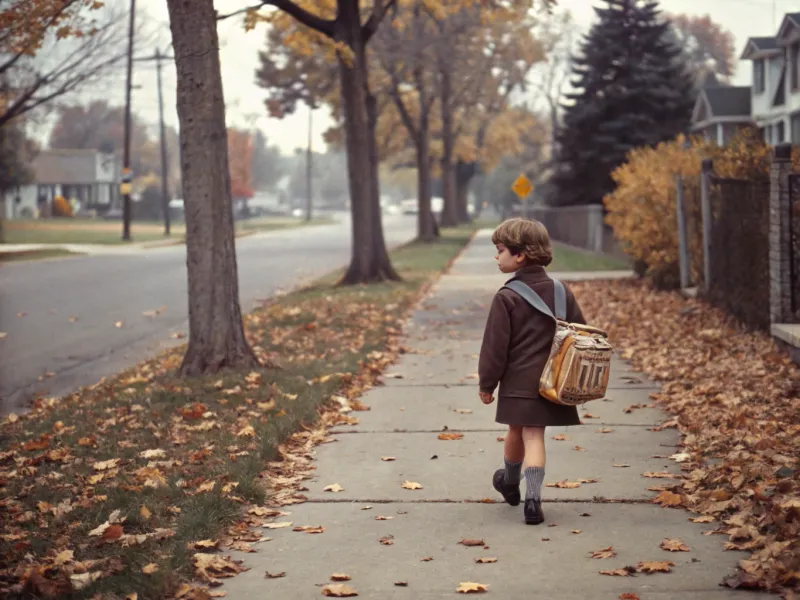
In the ’60s, the journey to school was often a solitary trek. Kids, often as young as six, would walk miles, rain or shine, to get to school. It was a time of independence and unspoken bravery, where the world seemed large yet navigable on foot.
Parents sent their kids off with a wave, trusting in their ability to navigate the neighborhood’s twists and turns. These walks fostered a sense of adventure and camaraderie among peers, even if they were alone in the journey.
Fast forward to today, and the idea of a young child walking alone is almost unheard of. Safety concerns and a faster-paced lifestyle have shifted the norm to car rides or school buses. The solitary walks of yesteryear are now fond memories of a bygone era, where children explored their world, one step at a time.
5. Dinner Consisted of Canned Spaghetti and Kool-Aid

Dinner in the ’60s could easily be a chef’s nightmare today. A typical meal might include canned spaghetti, vibrant Kool-Aid, and a dash of parental love, served up as a home-cooked meal. It was quick, convenient, and—let’s be honest—a little questionable by today’s nutritional standards.
Parents embraced the era’s food innovations, believing them to be the future of dining. The simplicity of opening a can or mixing a sugary drink was part of the charm, allowing more time for family and fewer hours cooking.
Today’s focus on health and organic produce casts a nostalgic shadow on these meals. Yet, for many children of the ’60s, these dinners were part of the everyday tapestry of life, remembered fondly, if not always healthily.
6. Advised to ‘Rub Some Dirt on It’
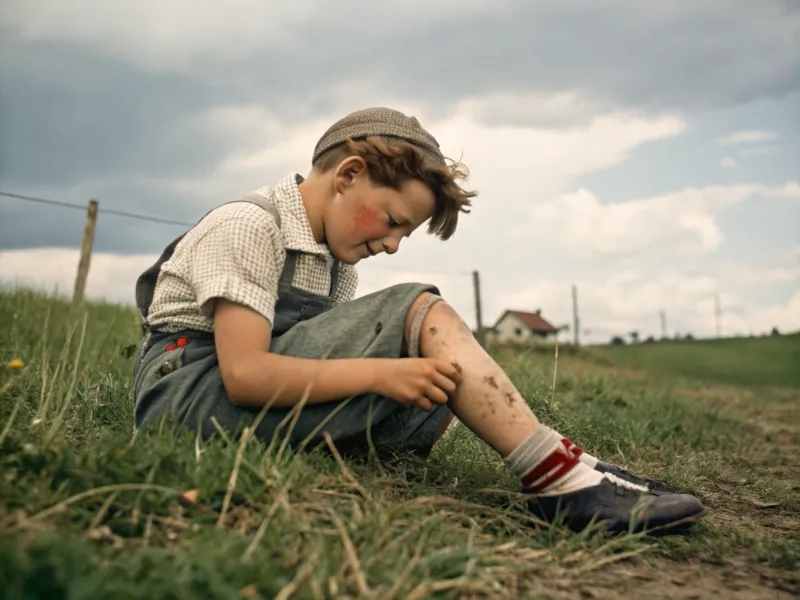
In the adventurous spirit of the ’60s, scrapes and bruises were often treated with a simple phrase: “rub some dirt on it.” This catch-all remedy for minor injuries was less about actual healing and more about toughening up. It was a time when resilience was valued, and the outdoors was a playground of endless possibilities.
Parents believed in the natural cure of dirt and distraction. A child might fall, shed a tear or two, and then be sent back to play with nothing more than a dirty knee and a newfound grit.
Today, such advice might earn a concerned look or two. Parents now arm themselves with antiseptics and band-aids, prioritizing caution over bravado. However, for many, those dirt-streaked memories are a testament to a rough-and-tumble childhood that taught more than any antiseptic ever could.
7. Soap as Punishment for Unfamiliar Words
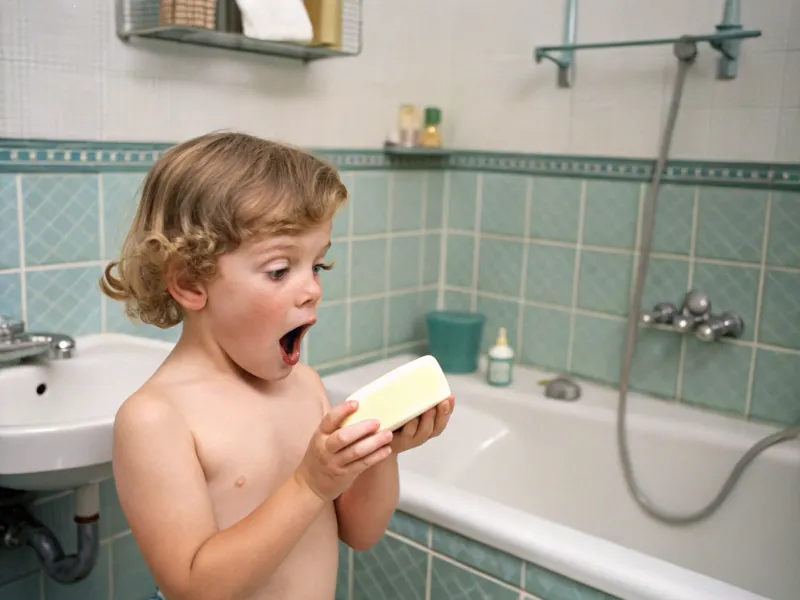
If words could hurt, then surely, parents believed, soap could cleanse. A common punishment in the ’60s involved a bar of soap for when a child uttered an unfamiliar or forbidden word. It was a time when manners were paramount, and parents used creative means to enforce them.
Children learned quickly what words were off-limits, often through a rather sudsy lesson. The taste of soap became a metaphorical wash for the mouth, intended to cleanse bad language or attitudes.
While today such a punishment is seen as harsh and outdated, it served as a deterrent back then. The ritual of soap and suds is now a curious memory, a reminder of parental discipline in an era focused on propriety and respect.
8. Left in Hot Cars During Errands
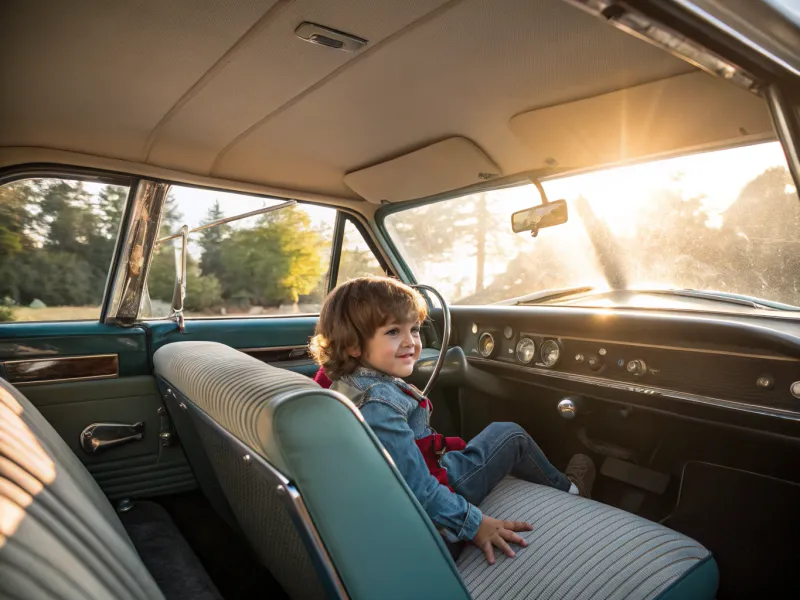
Errands in the ’60s were often a solo venture for parents, with kids left behind in the car. The idea of leaving children in a hot car would appall modern sensibilities, but back then, it was a practical, if not slightly oblivious, approach to quick stops.
Children would amuse themselves by playing games, drawing on foggy windows, or simply waiting patiently. The trust parents had in their children’s ability to stay put and safe was immense, though perhaps misplaced.
Today, such actions are not only frowned upon but legally questionable. Car safety has evolved, and with it, the understanding of heat’s dangers, turning these memories into cautionary tales of parenting past.
9. Hours Without Knowing Our Whereabouts
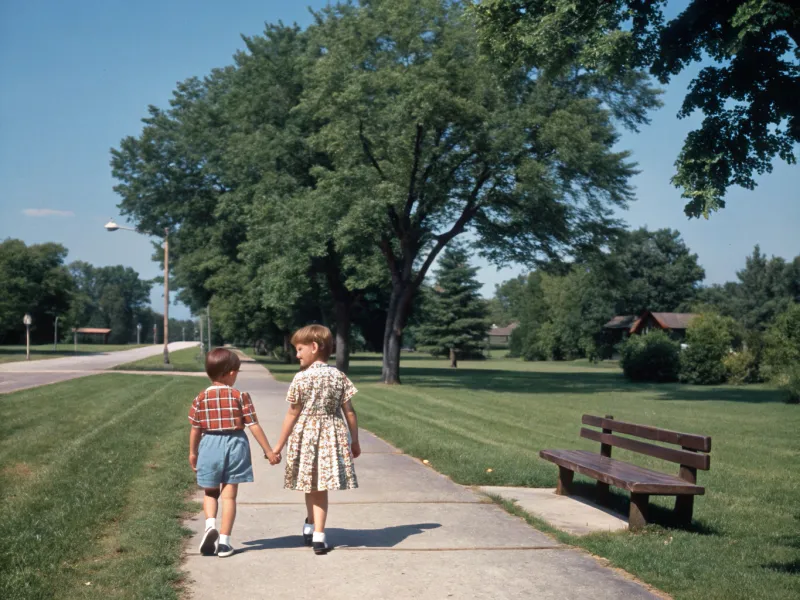
Free-range parenting was not a coined term in the ’60s; it was simply how things were. Parents often let their kids roam the neighborhood for hours, with no idea of their whereabouts, trusting they’d return safe and sound when the streetlights flickered on.
Children found adventure in every corner, from parks to backyards, forming bonds and learning life lessons outside the watchful eyes of adults. It was a world navigated by children, with rules known only to them.
In today’s world, such freedom is rare, replaced by supervised playdates and scheduled activities. The independence of yesteryear is a fond memory, a testament to trust and a simpler time when children explored their world at their own pace.
10. Threw Parties While Kids Tried to Sleep
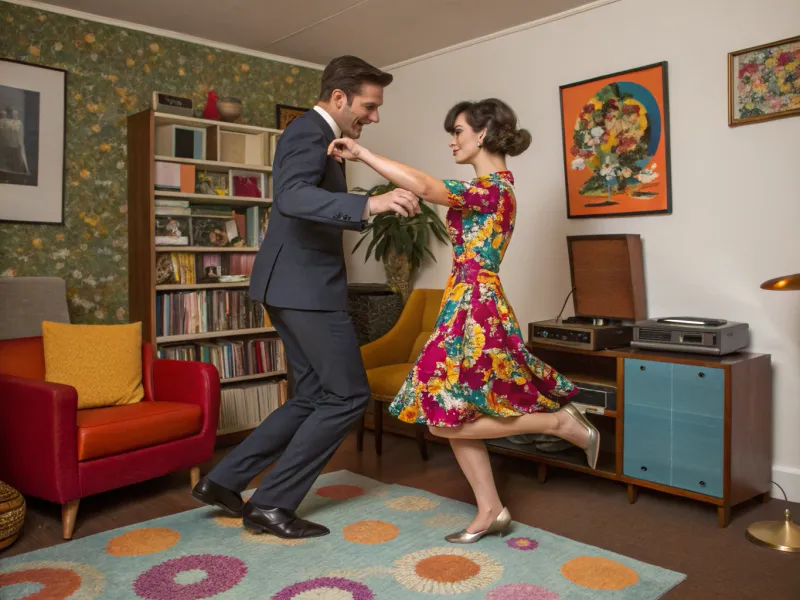
Parents in the ’60s knew how to throw a party, and they didn’t let having kids stop them. While adults danced and laughed into the night, children were often tucked into bed, trying to sleep through the revelry.
The sounds of music and laughter would seep through the walls, a lullaby of sorts, teaching resilience to the young ones. It was a time when walls were thin, and boundaries even thinner, for the sake of adult entertainment.
Today, the idea of hosting a party with sleeping kids seems irresponsible. Parents now cater to their children’s needs, often planning events around nap times and bedtimes. The parties of the past are now stories of nostalgia, where children learned to adapt to the world of adults in their own homes.
11. Clean Plate Club: Finishing Every Bite
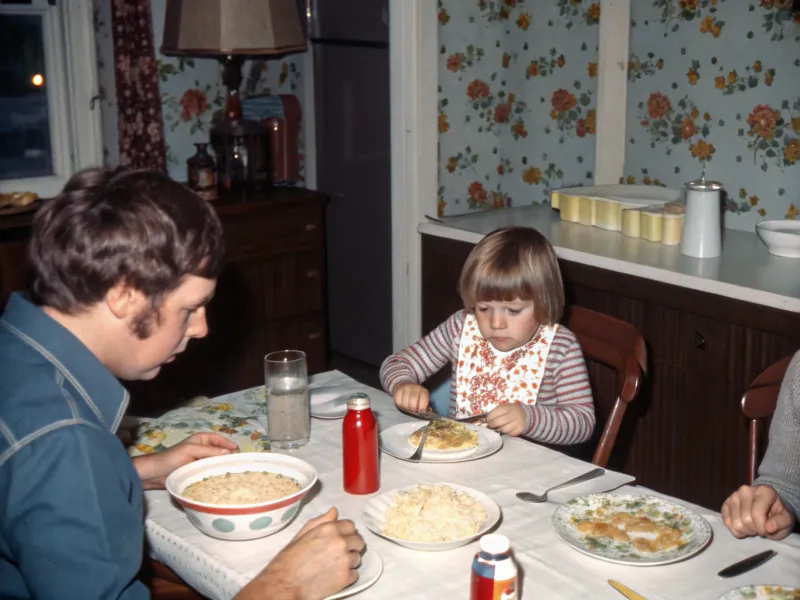
In many ’60s households, joining the “clean plate club” was expected. Parents believed that every morsel on the plate should be eaten, teaching children the value of food and the importance of not wasting.
The mantra of “think of the starving children” echoed across dinner tables, a reminder of gratitude in the face of abundance. Children learned to eat what was served, often under the watchful eye of a no-nonsense parent.
While today’s approach to nutrition focuses on listening to one’s body and recognizing fullness, the clean plate club remains a nostalgic memory. It taught discipline and appreciation, even if it meant the occasional struggle to finish those last bites.
12. Public Smacking as Normal Discipline
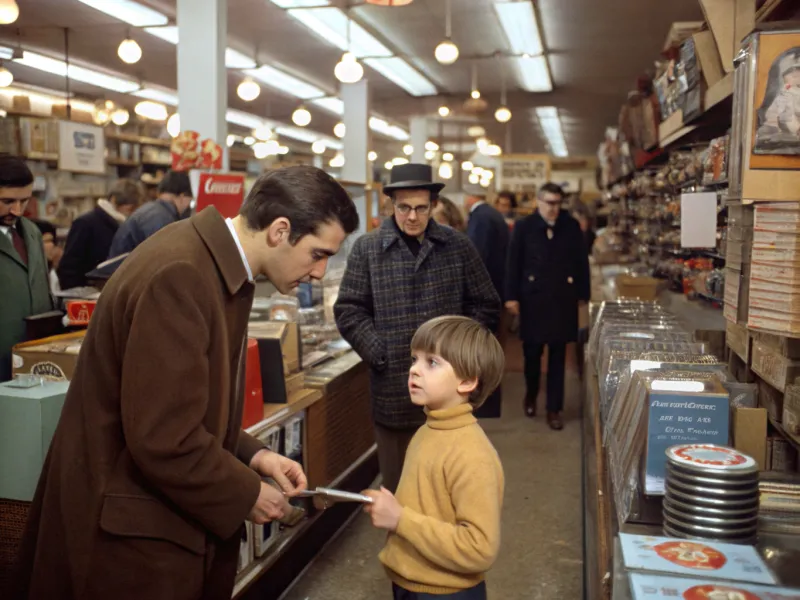
Discipline in the ’60s was often public and swift. It wasn’t unusual to see a parent administer a light smack to a misbehaving child in the middle of a store or park. This was an era where swift correction was seen as necessary and effective.
The public nature of such discipline was a deterrent in itself, where embarrassment played a key role in behavior correction. Parents felt confident in their methods, supported by societal norms that favored strictness.
Today, public discipline is rare and often met with judgment. Parenting styles have shifted towards communication and understanding, leaving behind the era of public smacking. These moments are now stories of a different time, when a parent’s authority was unquestionable, even in public.
13. Name-Calling in Moments of Anger
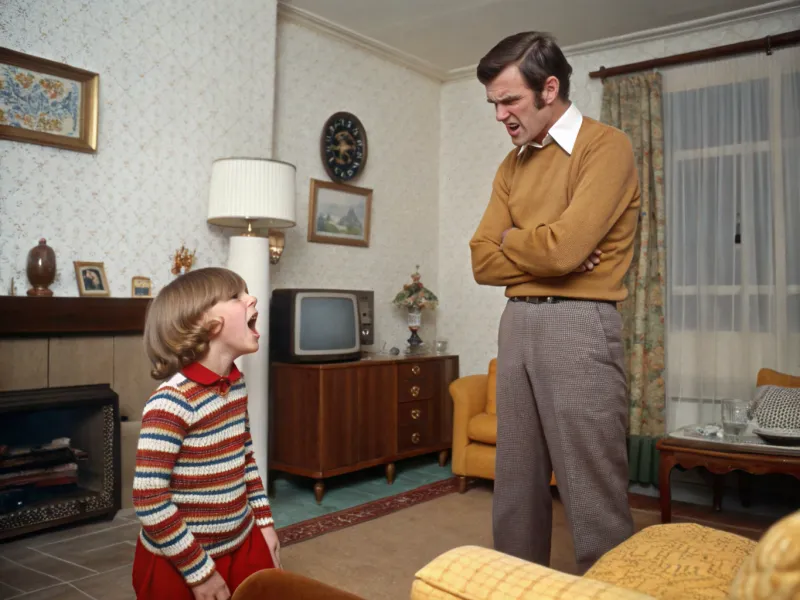
In the heat of the moment, name-calling was a common disciplinary tactic in the ’60s. Parents, in their frustration, might resort to less-than-kind words to express disappointment or anger, believing it a way to convey the seriousness of a situation.
Children learned to recognize the signs of parental frustration, often leading to behavior changes before names were called. While harsh, it was a method that many believed taught respect and obedience.
Today, such language is seen as damaging, with an emphasis on nurturing communication. The name-calling of the past is a relic of a different approach to parenting, one that prioritized immediate compliance over emotional consideration.
14. Fireworks Fun Without Adult Supervision
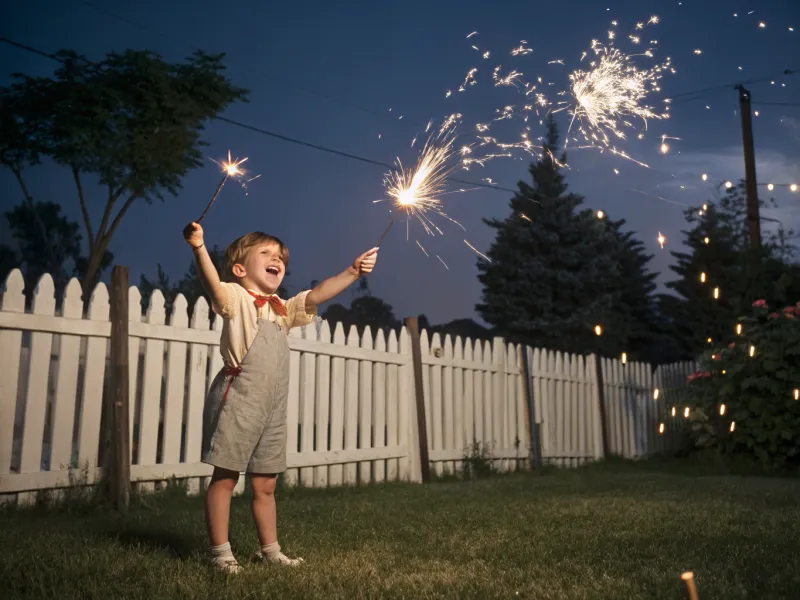
For kids in the ’60s, fireworks were the ultimate thrill, and adult supervision was an afterthought. Children gathered with sparklers and firecrackers, creating their own light shows without a parent in sight.
The crackle of fireworks and the thrill of independence made for unforgettable summer nights. It was a dangerous freedom, but one that many parents believed taught responsibility and bravery.
Today, fireworks are often a family affair, with adults ensuring safety first. The unsupervised spectacles of the past are now tales of an adventurous childhood, where risk and reward were equally cherished.
15. Alcohol as Medicine for Sore Throats

In the realm of home remedies, a “sip of whiskey” was a common elixir for a sore throat in the ’60s. Parents believed in the soothing properties of spirits, offering a tiny taste to alleviate discomfort.
This remedy was part of the home medicine cabinet, alongside cough syrup and honey. It was a time when home solutions were trusted and alcohol was seen as a harmless, if not effective, treatment.
Today, such a practice would raise eyebrows and concerns. Modern medicine and understanding of alcohol’s effects have shifted these beliefs, leaving behind memories of a time when a little whiskey was the secret ingredient for comfort.
16. Road Trips Without Car Seats
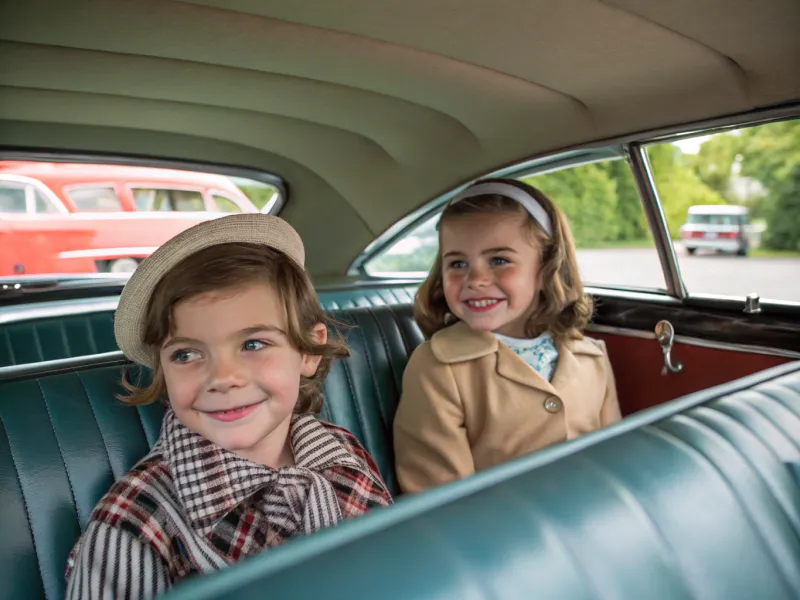
Road trips in the ’60s were an adventure in freedom, with children bouncing around the backseat without the constraints of car seats. It wasn’t about recklessness; it was simply how things were.
Families packed the car with luggage and snacks, and off they went, miles of open road ahead. Children played games and napped, unencumbered by the seatbelt laws we know today.
Now, car seats and restraints are non-negotiable, ensuring safety above all else. The carefree travel of the past is a nostalgic memory, a time when the journey was just as important as the destination.
17. Late Nights for Little Ones
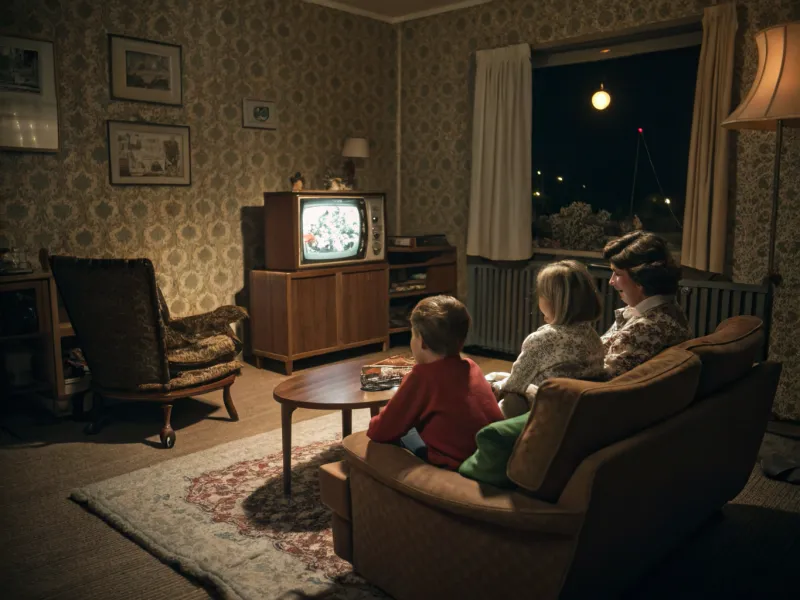
Bedtime was flexible in the ’60s, with many children staying up as late as their parents. It was a time when the lines between adult and child worlds blurred, often to the delight of the young ones.
Late-night games and television were common, with kids soaking up the family atmosphere. These moments were cherished, a time to bond and share space in a world that often kept kids and adults separate.
Today, structured routines and early bedtimes are the norm. The late nights of the past are cherished memories, when children felt included in the adult world, if only for a few extra hours.
18. Errands for Cigarettes with Handwritten Notes
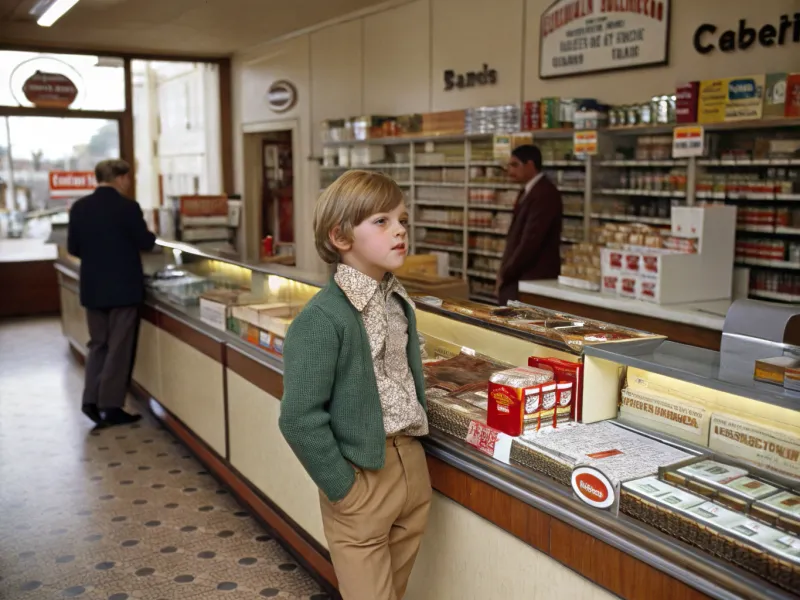
Running errands was a task even young children were entrusted with, including buying cigarettes for their parents. A handwritten note was all it took to grant permission, and off the child went, a small ambassador of family needs.
The trust placed in children was immense, and they often rose to the occasion with pride. It was a time when community and familiarity made such tasks seem ordinary.
Today, this would be a legal and social impossibility. The past practice now serves as a reminder of how much societal norms have changed, and the responsibilities children once bore with a simple note in hand.
19. “If It’s Not Bleeding, Ignore It” Mentality
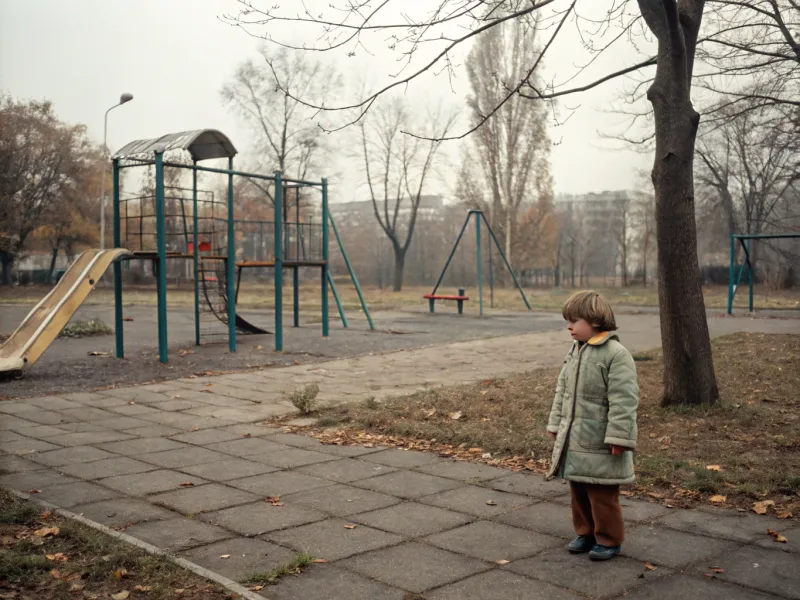
The ’60s was an era where the phrase “if it’s not bleeding, ignore it” encapsulated the general approach to minor injuries. Scrapes and bruises were seen as badges of honor, and kids were encouraged to brush off minor pains.
Parents believed in resilience and the ability to toughen up through play. The playground was a battlefield of childhood, where small injuries were expected and largely ignored.
Today, the approach to childhood injuries is more cautious, with immediate attention given to even the smallest of ailments. The mentality of the past is a testament to the rough-and-tumble childhood that many look back on with a mixture of fondness and disbelief.
20. Mental Health Wasn’t Acknowledged

In the ’60s, mental health was a topic often swept under the rug, a subject many parents didn’t acknowledge or understand. Emotional struggles were seen as personal challenges to overcome, not conditions requiring attention or care.
Families focused on the physical, often ignoring signs of mental distress. It was a time when talking about feelings wasn’t part of the family dynamic.
Today, mental health is at the forefront of parenting, with resources and understanding reshaping how we approach emotional well-being. The silence of the past is now a sobering reminder of the importance of open dialogue and support.
21. Fear as a Tool for Obedience
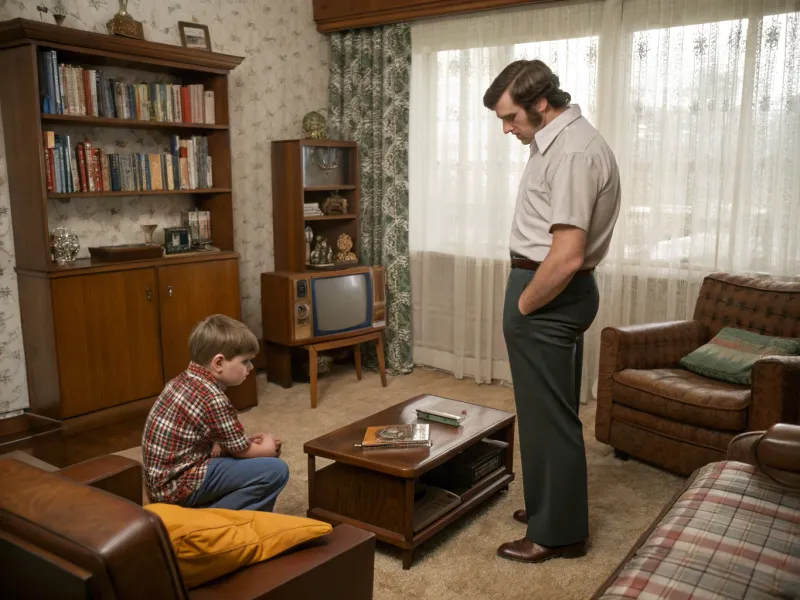
Fear was a common tool used by parents in the ’60s to ensure compliance and obedience. The authority of parents was rarely questioned, and fear was an effective, albeit harsh, motivator.
Children learned quickly what behaviors were unacceptable, often through stern looks or sharp words. This instilled a sense of respect, albeit through fear rather than understanding.
Modern parenting focuses on communication and understanding, moving away from fear-based tactics. The strict household rules of the past are now replaced by a more nurturing approach, acknowledging the power of positive reinforcement over fear.
22. Babysitting Siblings by Age Nine

In the ’60s, it wasn’t unusual for a child as young as nine to be tasked with babysitting younger siblings. This responsibility was seen as a part of growing up, teaching maturity and leadership early on.
Parents trusted their children to manage the household, often for hours at a time. The older sibling took charge, learning invaluable skills in the process.
Today, such responsibilities are typically reserved for teenagers, with certifications and guidelines ensuring readiness. The young babysitters of the past are now seen as examples of trust and responsibility, from an era that valued independence.
23. Riding in the Back of Pickup Trucks
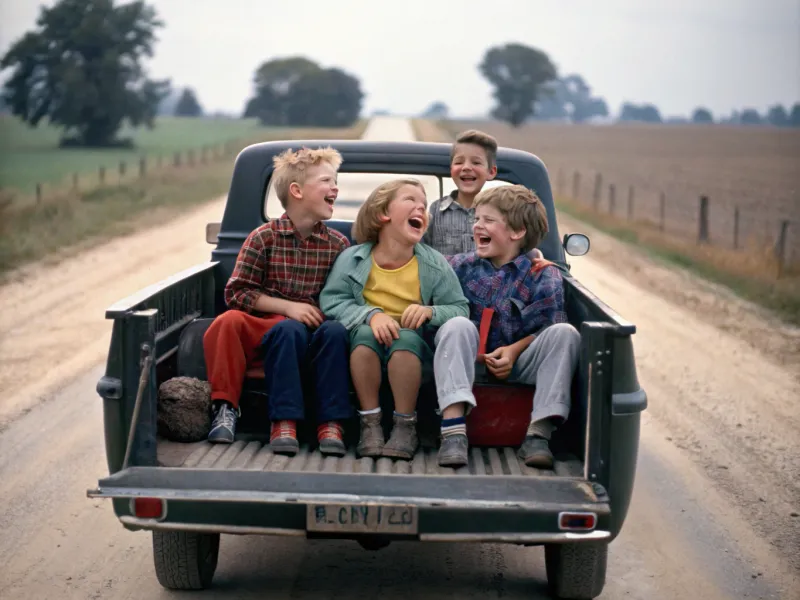
The back of a pickup truck was like a mobile playground in the ’60s. Kids piled in, legs dangling over the sides, as the truck bounced along roads and through neighborhoods.
The thrill of wind in their hair and the sense of adventure made these rides unforgettable. Seatbelts weren’t a concern; the open road was the only focus.
Today, such rides are mostly outlawed, with safety regulations protecting children from the dangers once overlooked. The pickup truck tales are now nostalgic stories of a carefree time, when the journey was an adventure in itself.
24. Never Asked About Feelings, Only Behaviors
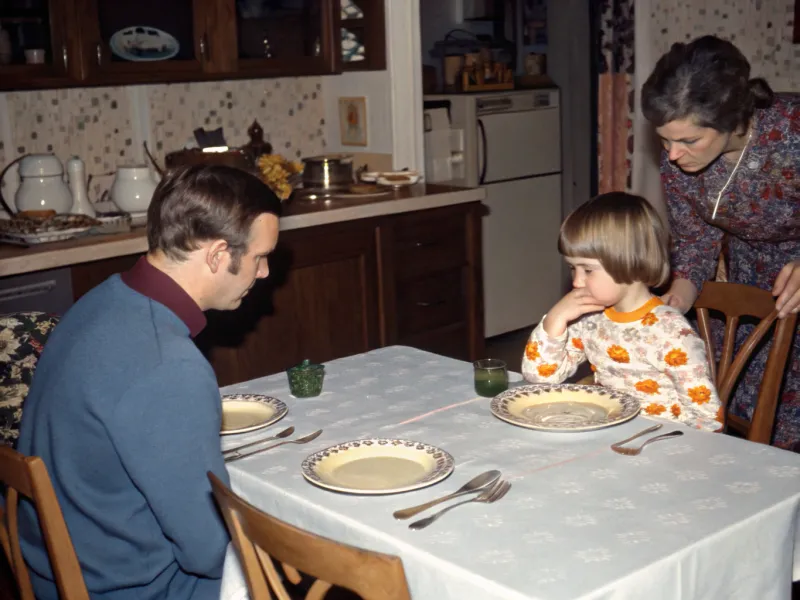
Parents in the ’60s were more focused on behavior than feelings. Children were instructed on how to act, often without consideration for their emotions.
The emphasis was on proper conduct, with little room for discussing the inner world of a child. This led to a culture of silent compliance, where feelings were tucked away.
Today’s parenting encourages emotional awareness and open conversations. The behavioral focus of the past is now a reminder of the importance of understanding emotional needs, paving the way for a more empathetic approach.
25. Strangers Driving Us Home Without Hesitation

In the trusting atmosphere of the ’60s, it wasn’t uncommon for parents to let strangers drive their children home. Neighbors and acquaintances were seen as safe, with community trust at its core.
This reliance on others was part of the community fabric, where everyone looked out for each other’s kids. It was a time when strangers were seen as friends not yet met.
Today, such a practice is rare, with parents prioritizing safety over convenience. The trusting rides of the past are now stories of a time when community trust reigned supreme.
26. Teachers Were Always Right

In the era of the ’60s, teachers were seen as the ultimate authority, their word taken as gospel both in and out of the classroom. Parents rarely questioned their judgments, believing in their role as educators and disciplinarians.
Children were expected to respect and obey without hesitation, reinforcing the notion that teachers were infallible. This trust extended into homes, where school tales were often one-sided in favor of the teacher.
Today, parents are more involved, advocating for their children’s needs and questioning when necessary. The unwavering trust in teachers of the past is now a story of respect and authority, from a time when education was a shared responsibility.
27. Kept Family Issues Private at All Costs
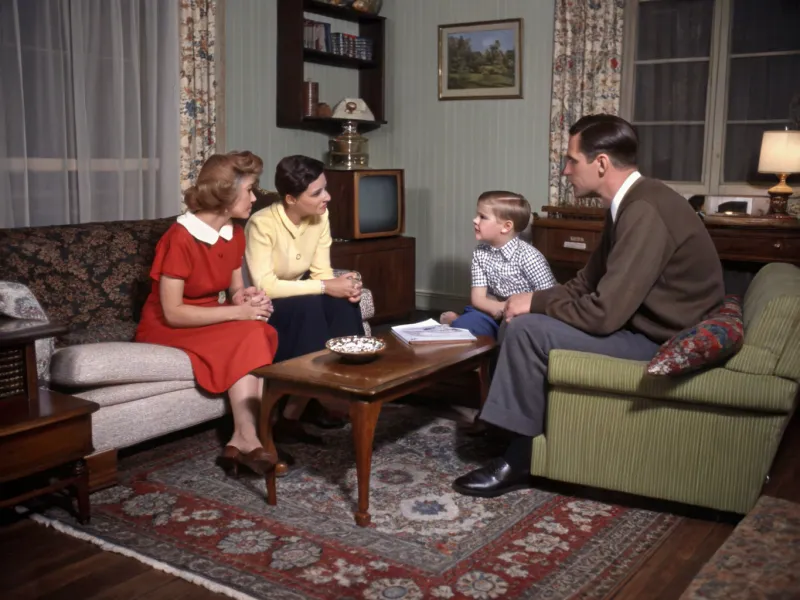
Privacy was paramount in the ’60s, where family issues were kept tightly under wraps. Parents taught their children the importance of keeping private matters within the home, a lesson in discretion and trust.
This practice created a strong sense of family unity, albeit sometimes at the expense of individual expression. The belief was that family matters were nobody else’s business but their own.
Today, openness and communication are encouraged, breaking the silence that once surrounded family life. The privacy of the past is now seen as a relic of a time when trust and discretion went hand in hand, shaping the family dynamic.
28. Served Coffee to Kids
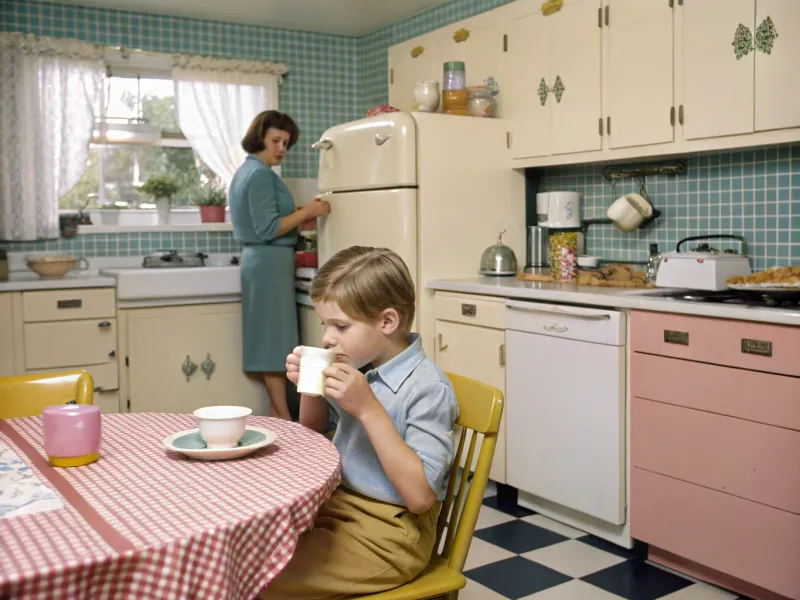
In a time when coffee culture was thriving, children weren’t always excluded. Parents sometimes served their kids small cups of coffee, introducing them to the adult world through this caffeinated ritual.
The rich aroma and taste were a novelty, a chance to partake in a family tradition. It was seen as harmless fun, a way to feel grown-up and included.
Today, giving coffee to children is rare, with an understanding of its effects leading to more age-appropriate beverages. The coffee cups of the past are now a quaint memory of a time when childhood and adulthood often mingled over breakfast.
29. Allergies Were Seen as Imaginary
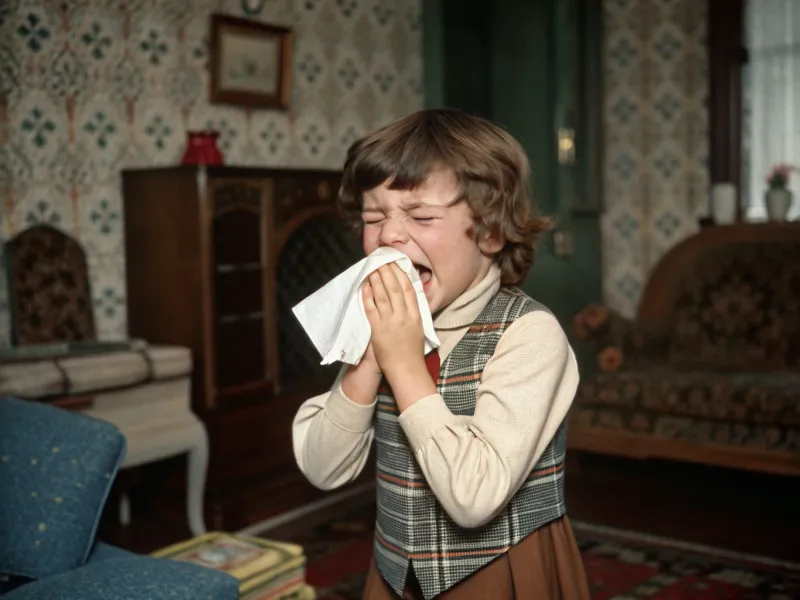
In the ’60s, allergies were often dismissed as mere figments of imagination. Parents and communities were skeptical of symptoms, attributing them to overactive imaginations or temporary discomfort.
Children with allergies often had to endure without accommodations, their sneezes and sniffles seen as trivial. It was a time when health concerns were less understood, overshadowed by a focus on robust well-being.
Today, allergies are taken seriously, with awareness and measures ensuring safety and comfort. The disbelief of the past is now a sobering reminder of how health knowledge has evolved, improving quality of life for many.
30. Therapy was for the ‘Crazy’
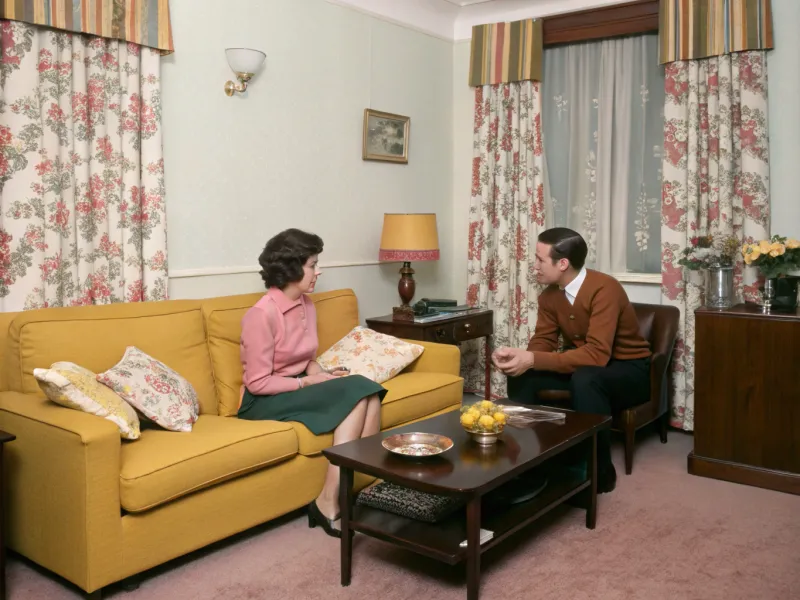
In the ’60s, seeking therapy was often stigmatized, seen as something only for those deemed “crazy.” Emotional struggles were viewed as personal failings, not issues requiring professional help.
Families handled matters internally, often at the expense of mental well-being. The idea of seeking outside help was met with skepticism, if not outright rejection.
Today, therapy is widely accepted as a valuable tool for mental health, breaking down barriers of stigma. The past view now serves as a lesson in understanding and acceptance, highlighting the progress made in mental health awareness.
31. Barefoot Adventures Without a Care
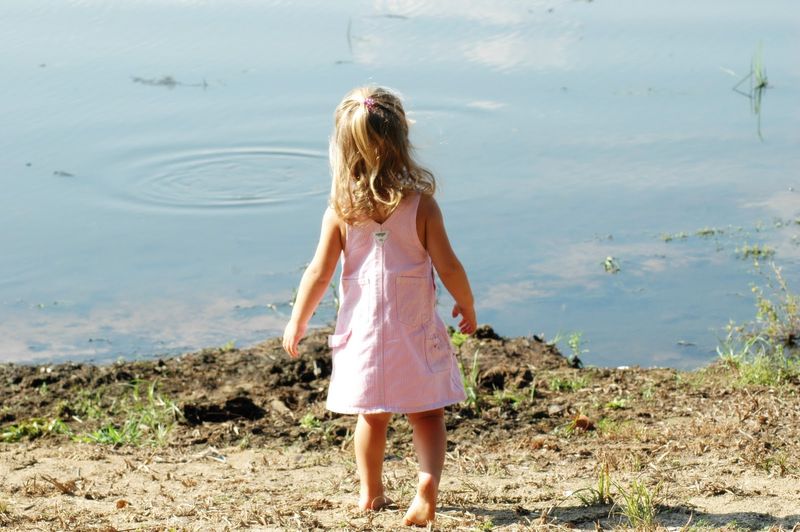
Think about running barefoot through the neighborhood. In the ’60s, kids often roamed without shoes, feeling the earth underfoot. It was a time when ‘dirty feet’ didn’t raise eyebrows. Parents rarely worried about sharp objects or hot pavement.
Today, safety concerns make such carefree barefoot adventures rare. Health experts now advise against it due to potential injuries.
Interestingly, this practice wasn’t just about freedom; it connected children to their environment. But times change, and so do safety standards. The carefree days of barefoot exploration are mostly a nostalgic memory.
32. Unsupervised Mischief in the Woods

The woods were a playground. Back in the ’60s, kids vanished into the forest for hours, building forts and climbing trees. Supervision was minimal, and kids learned to navigate and solve problems on their own.
Today’s parents might cringe at the thought. Concerns about accidents or getting lost keep children closer to home.
Yet, those hours fostered independence and adventure. The woods were alive with imagination. It was an era where kids learned by doing, experiencing nature in its wild form. Now, such freedom seems both unreal and magical.






